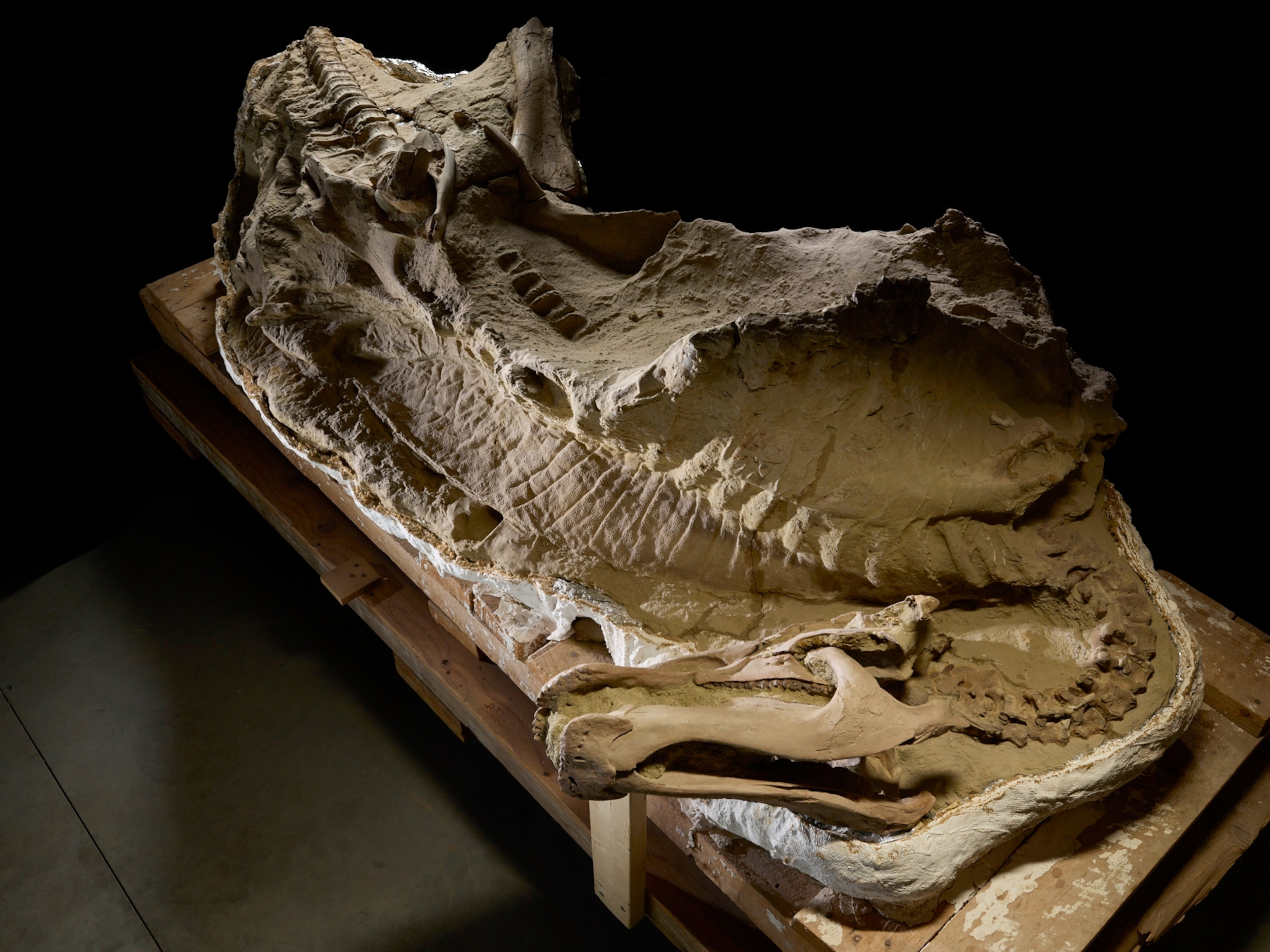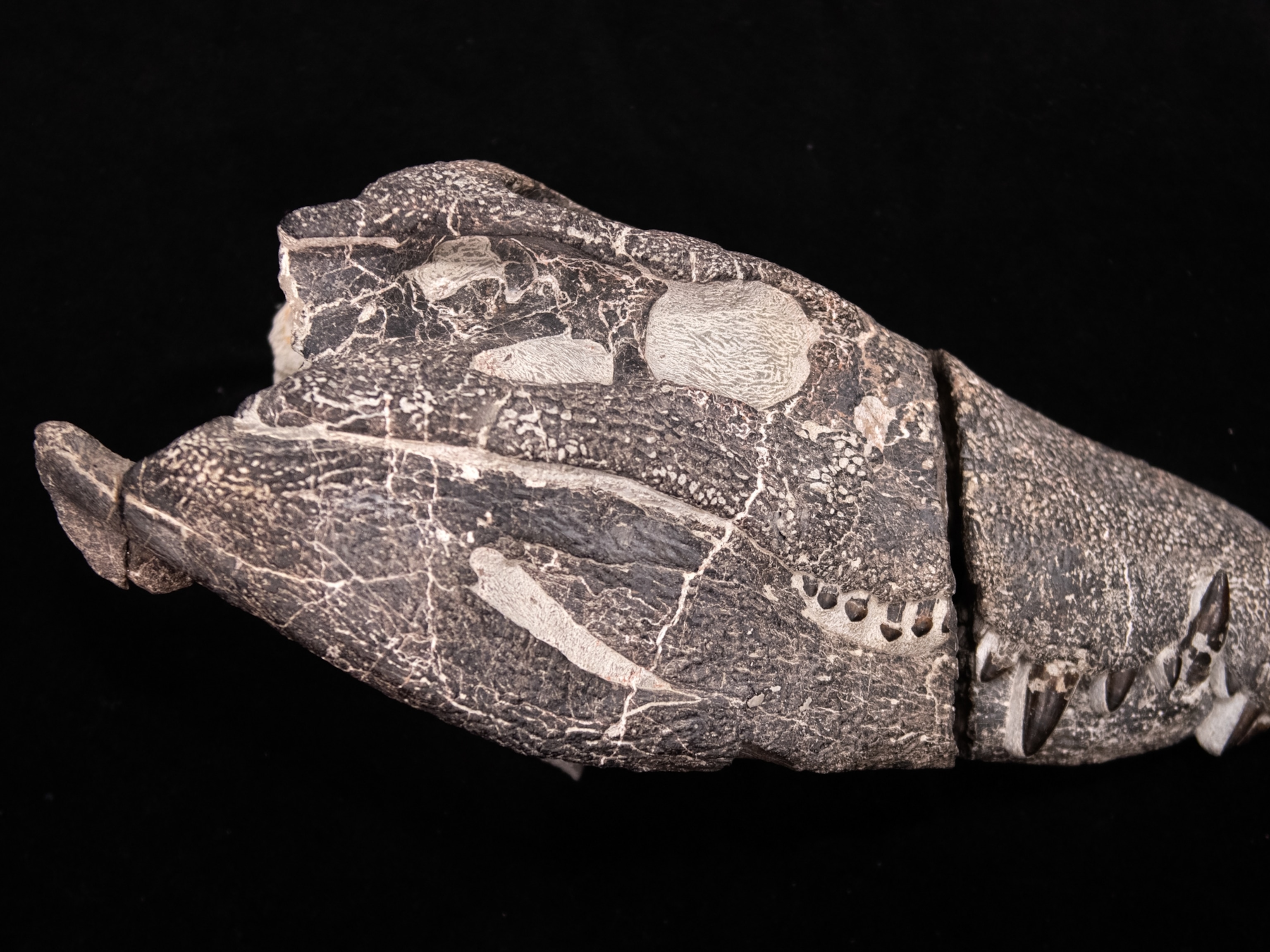Ancient Giant Sloth Fossil Found in Underwater Cave
While cave diving in Mexico, explorers uncovered 10,000-year-old remains of a new sloth species.
The jungle of the Yucatán in Mexico is not typically known as a great place to find fossils. The humid environment has destroyed most traces of bone of the animals that lived here over thousands of years, but there is one place where they remain less disturbed—in caves.
After diving 100 feet underground in a limestone cave in 2009, underwater cave explorer Vicente Fito came upon an incredibly well-preserved fossil sloth. It was recently confirmed as previously unknown to science. Fito deposited the bones with the National Institute of Anthropology and History in Mexico and they were recently pieced together and described.
The new species of sloth, called Xibalbaonyx oviceps, is represented by a nearly flawless skull and many other bones. It likely died in the cave when sea level was lower and it was dry. As the cave flooded around 10,000 years ago, the already dried out skeleton was well preserved as it lay undisturbed for thousands of years. (Watch divers find sloths in an underwater cave.)
Researchers are not sure exactly how big Xibalbaonyx was yet, but it was at least 500 pounds. Sloths have run the gamut of body sizes over their evolutionary history, ranging from modern two-toed sloths at around 10 pounds to the extinct North American giant ground sloth Megalonyx jeffersonii that weighed over 2,000 pounds. (Watch videos of sloths exploring the world in their unique way.)
The oldest sloth fossil ever discovered is around 9 million years old and was discovered in Argentina. This new find shows giant sloths spread across the Caribbean before 11,000 years ago, likely using Mexico as a corridor between South and North America.





